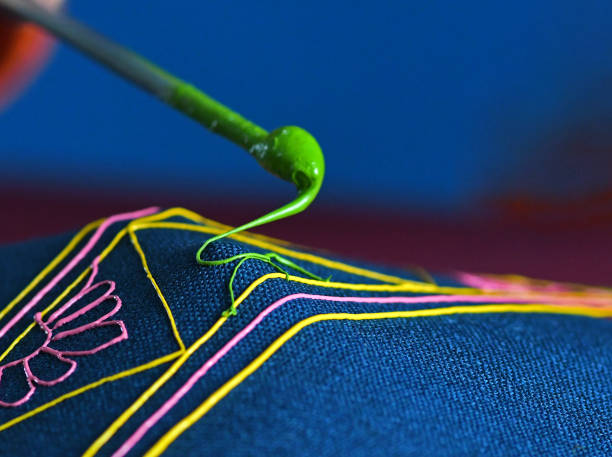Protecting Our Children: A Parent's Guide to Sex Education
Building Healthy Boundaries, Understanding Consent, and Promoting Well-being

Children should receive sex education for a number of reasons.
Protection: It teaches children consent, healthy limits, and about their bodies. Having this awareness can help shield kids against exploitation or sexual abuse.
Well-being: It offers precise information about sexually transmitted illnesses, puberty, and reproduction. This enables people to make well-informed choices regarding their sexual health and welfare.

Connections: It aids in their comprehension of consent, respect, and healthy relationships. Throughout their life, they will need this information to establish interactions that are courteous and constructive.
Accountability: It informs students about the risks of sexual activity, including the possibility of pregnancy and STDs. This promotes making responsible decisions.
how to tell about to sex education for children

Depending on the child's age and comprehension level, sex education should be a continuous dialogue. Here's a broad strategy:
Young Children (Ages 3–7):
Body Parts: Give them the proper titles for the parts of their bodies. This lays the groundwork for further discussions and normalizes body-related topics.
Teach children that their body belongs to them and that they have personal boundaries. Tell them that even from individuals they know, it's acceptable to say "no" to unwelcome touching.
Production: Provide straightforward, truthful responses when they inquire about the origins of babies. For example, "A baby grows in a special place inside a woman's body called the uterus."

Children in their middle years (ages 8 to 12):
Puberty:The physical changes that occur during puberty are explained in "Puberty". Discuss the changes in boys' bodies and girls' periods.
feelings: Talk about the variety of feelings they may feel, such as those associated with sexuality and attraction.
Healthy Relationships: Discuss the components of a healthy relationship, such as communication, respect, and trust.

Adolescence (13–17 Years Old):
Accurate information regarding sexual behavior, including how pregnancy occurs and how to avoid it, should be provided.
Sexually Transmitted Infections (STIs):Talk about the prevention of STIs.
Consent: Stress how crucial consent is to any sexual engagement.

Overall Advice:
Begin Early: Your youngster will feel more at ease talking to you about sex the sooner you begin.
Be Open and Honest: Make sure your child feels comfortable asking questions. Give them the most truthful and accurate response you can.
Use language : that is appropriate for your child's age. Adjust your explanations to suit their comprehension level.
Have patience: Your youngster may need to hear these subjects several times before they fully grasp them.
Remain Updated: Continue your studies in sex education so that you can provide your child appropriate knowledge.

Keep in mind that you don't need to be an expert. The most crucial thing is to be willing to answer your child's questions and to be open and honest.
It is crucial to remember that sex education need to be age-appropriate and customized according to the developmental stage of the child. It involves more than just sex mechanics; it involves relationships, emotions, and general well-being.










































































































































































































